17 Dec 2019
How to get a foothold in baby food markets in France
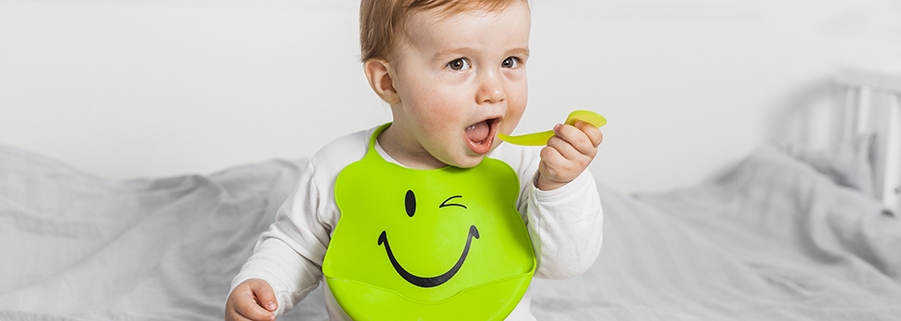
The market for baby food in France was estimated in 2018 to be worth 803 million euros. While a valuable market, it has none-the-less showed signs of contracting (-1.7% in value and -2.5% in volume) in the first half of 2018 (source: LSA). The woes of this market can be explained to some extent by falling birthrates in France and recent food scares. According to a YouGov survey (source: YouGov), 17% of parents were unsatisfied with the food offer for their baby.
To stand out in this highly competitive segment, even without the added pressure of falling sales, requires a great deal of thought. To get you started, here are a few ideas to explore for in your product pipeline.
Restoring the trust of parents
Following the scare of infant formula contaminated with salmonella, parents - and purchasers of infant food products - need to be reassured regarding the quality and safety of these products. Several ideas come to mind: traceability tools, transparency regarding production methods etc.
Nestlé and Carrefour have taken up the challenge together by developing the first blockchain application for infant formula. The products involved are formulas sold by Laboratoires Guigoz, GUIGOZ BIO 2 et 3, that will be available in the usual outlets, including outside of Carrefour's supermarkets. By scanning a flashcode printed on the packaging, parents can access information about the product lifecycle, from the origin of the milk to its arrival on the shelves (source: Process Alimentaire).
To go even further in terms of transparency, Danone and Nestlé par betting on proximity and openness. Danone's "La cueillette des curieux" program offers consumers the chance to visit farms where the fruit and vegetables used in their baby food are grown. This includes fun workshops, an introduction to biodiversity and how the fruit and vegetables are harvested. In parallel, the Swiss group Nestlé has opened the doors of its Guigoz formula factory the Aisne region to consumers (source: LSA).
(Even) More natural
Baby food is inevitably also impacted by current overarching food trends in France:
- Organic
- Clean label
Growth in organic
According to a survey from September 2019 by YouGov, 32% of parents conider that the 'AB' label (for certified organic products) is a criteria of choice when purchasing baby food (source: YouGov). Following the example of a number of competitors in French markets, such as Hipp and Good Goût, Danone and Nestlé jumped into organic foods in 2018 by launching the "Les récoltes bio de Blédina" (for Danone's primary baby food brand), and "Nestlé Bio" for the Swiss group. Danone, via the Blédina brand, has communicated on its commitment to developping organic alternatives for all its ranges of baby food products (source : Agro media).
Cleaning up ingredient lists
The clean label trend is based on the idea of eliminating artificial additives in favour of natural ingredients, the simplification of product recipes, and clear and intelligible labelling.
What ways are their to respond to "clean label" expectation in baby food, considering that the regulations regarding product composition are already very strict? Well, a few areas remain open for exploration:
- Reducing sugar (or aromas), in particular for dairy- or grain-based foods. Nestlé has launched a P’tit Onctueux Croissance 'no added sugar" unflavoured dairy food. For more information on clean label, we have another blog article here.
- Playing on the seasonality of your products to highlight the use of fresh ingredients. The SME « Les bocaux de Mamie » offers "home made" pots and fruit purees using low-temperature cooking and sous vide processing. The ingredients are ultra-fresh and in season. In addition, Les Bocaux de Mamie can deliver the meals and collect the used glass containers.
Focus on food discovery during weaning
The introduction of new foods during weaning is an essential part of a developing a varied diet for a baby. Beyond just the discovery of new tastes, textures and colours, it is an important part of a baby's socialisation.
Discovery by texture
The standard recommendation for pureed foods has been largely challenged by the baby-led weaning movement in ango-saxon countries. While this movement is still peripheral in France, recommendations now include to vary and even mix textures. However, the commercial food offer still has few options for texture mixing in the 6-12-month range. One player who has taken up this challenge is Yooji, offering soft sticks of cooked vegetables that can be a baby's first finger food.
On the side of scientific research, researchers for INRAE are working on the question of the acceptability of textures for babies, in collaboration with Blédina for the PATATE project. While the results are not yet available, the first reports indicate that introducing larger lumps earlier in the weaning process helps to limit neophobia in the long term. As these recommendations gain traction with parents, a definite market opportunity is appearing in France for food products adapted to these practices.
Discovery by colours and tastes
The HabEat project, accredited by Vitagora, focused on various methods for encouraging young children to eat fruit and vegetables. The project was able to show that foods were better accepted if their appearance and presentation was varied: colours, shapes, textures and arrangements. This allows the child to discover what they like. We have more about this HabEat project in an article in our resource centre. Sign up for a free account to read it.
There are a few initiatives around food introduction that follow this idea. Good Goût has a range of "Petits Plats" en couleur: red, green, orange and beige, to appeal to the eye and the appetite. The start-up Sienna & friends sells spice mixes adapted for small children to introduce new flavours.
Young children also best develop their tastes and preferences if they can identify what they are eating. Another innovation idea for baby food is to offer foods in a meal form with seperate compartments. Blédina has tested a similar idea with kits of ingredients to mix or offer seperately to the child.
Go further
Parents' interest in high quality baby foods, that are healthy and fun, are the source of inspiration and opportunities for food manufacturers. If you would like to further explore this topic, feel free to contact me: anne-laure.marchand@vitagora.com. Vitagora has a number of publications and individual services to suit your intelligence or innovation needs.
Don't forget to sign up for the blog to get email alerts for new articles: it's free! (2-3 emails per month).




 Home
Home

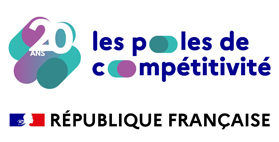

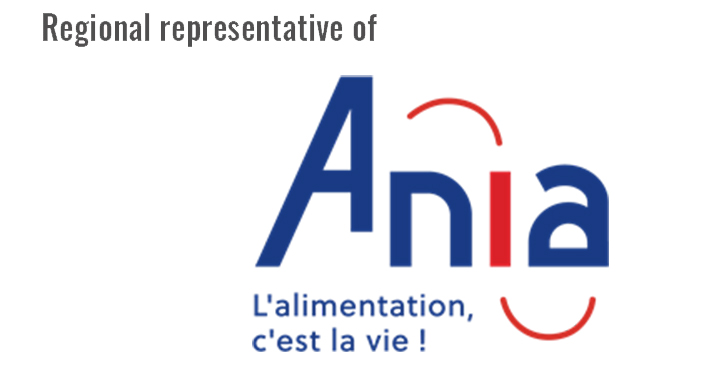
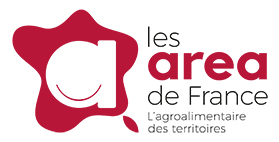

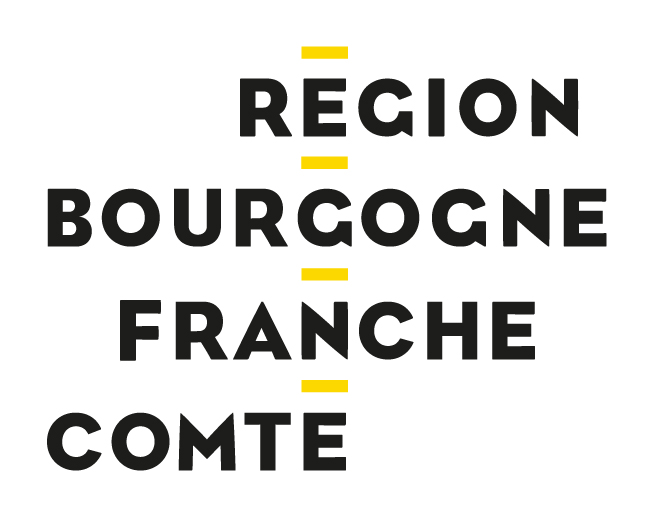
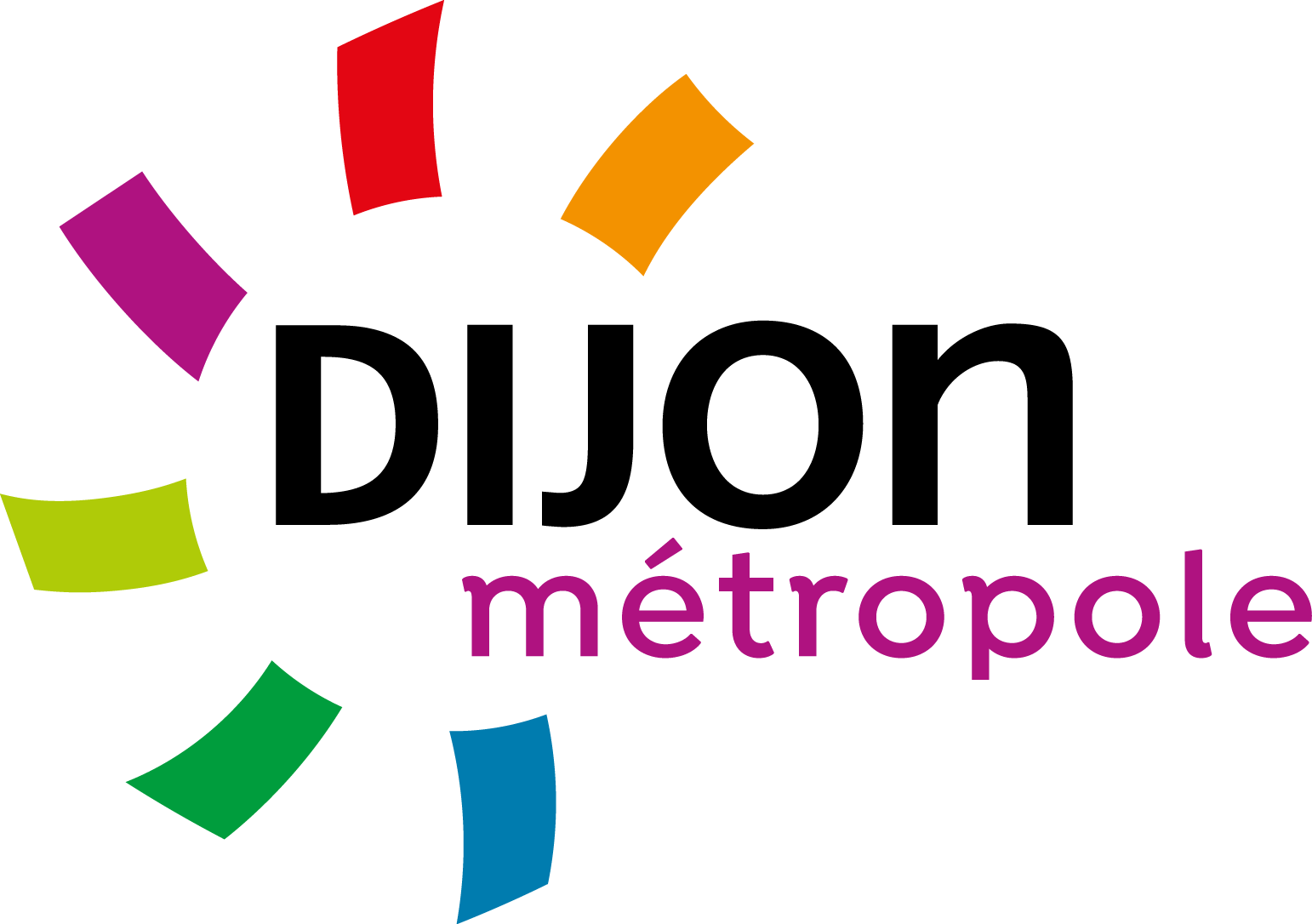









Share your opinion